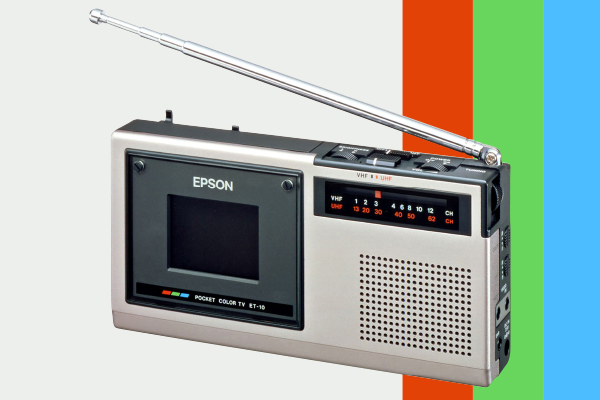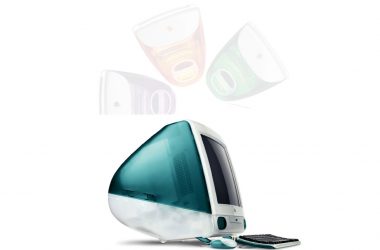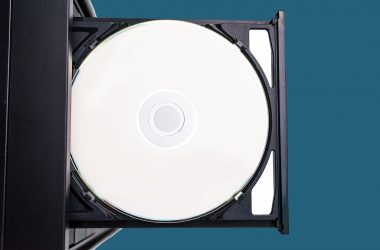 The ET-10 (known as the Epson Elf on the U.S. market) was the world’s first commercial liquid crystal pocket colour television. In August 1984 the ET-10 was put on the market. It combined Epson’s existing semiconductor, LCD and high-density assembly technologies with the company’s new technologies, including colour filters and TV circuits. The pocket TV was followed by a succession of other devices that harnessed the polysilicon TFT liquid crystal technology developed for the ET-10.
The ET-10 (known as the Epson Elf on the U.S. market) was the world’s first commercial liquid crystal pocket colour television. In August 1984 the ET-10 was put on the market. It combined Epson’s existing semiconductor, LCD and high-density assembly technologies with the company’s new technologies, including colour filters and TV circuits. The pocket TV was followed by a succession of other devices that harnessed the polysilicon TFT liquid crystal technology developed for the ET-10.
This ground breaking television was easily portable thanks to a conveniently small, thin shape that allowed it to be slipped into a pocket and taken anywhere. The independently developed TFT liquid crystal colour display was announced at the international SID (Society for Information Display) conference in May 1983. This display measured 2.13 inches and had 57,600 pixels. In each of the pixels was a transistor for driving the liquid crystal. To enable the display to render a wide range of colours, an RGB colour filter matched to the pixels was formed on the interior face of the glass, and the light passing through the filter was controlled at each individual pixel.





